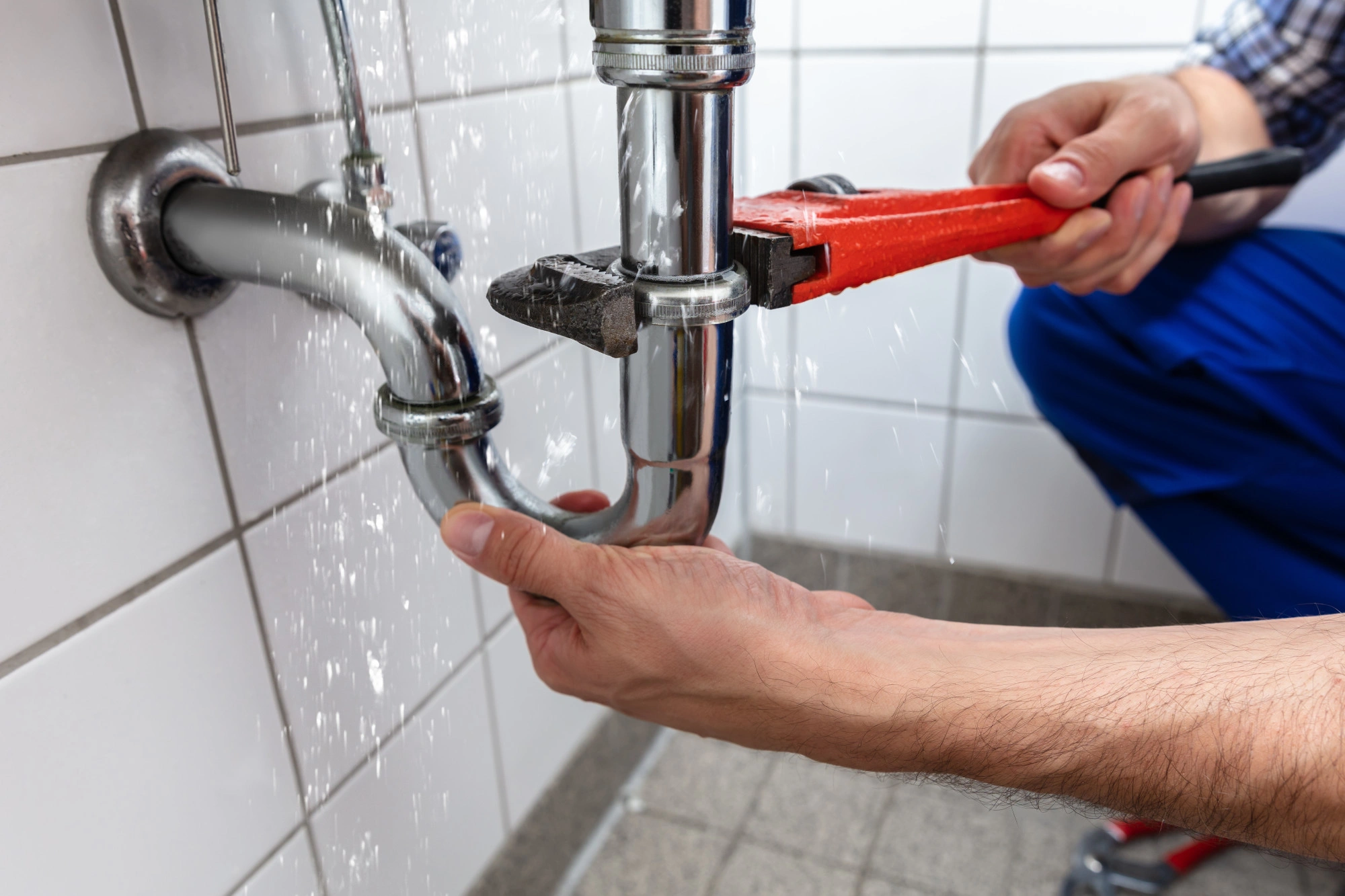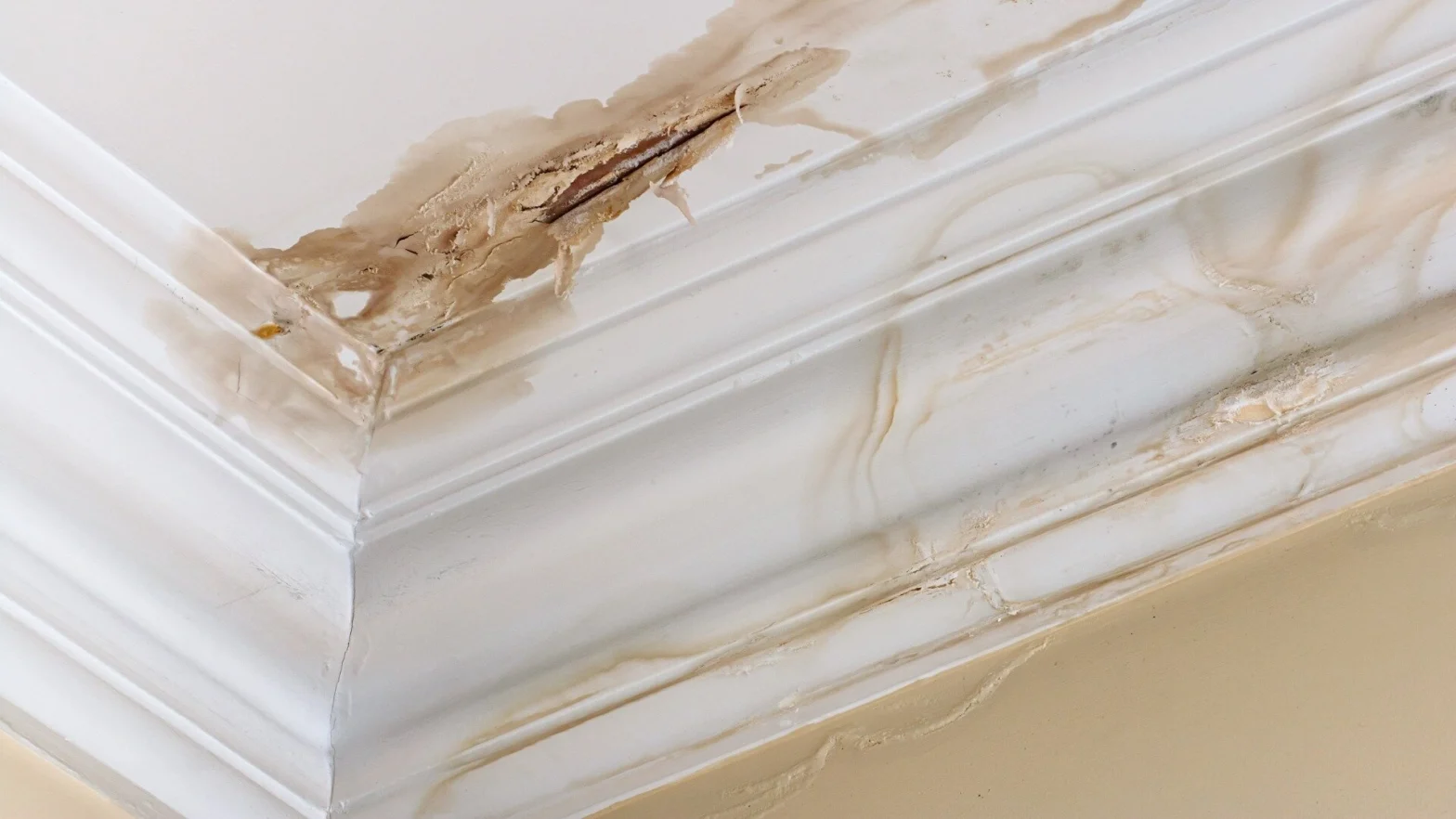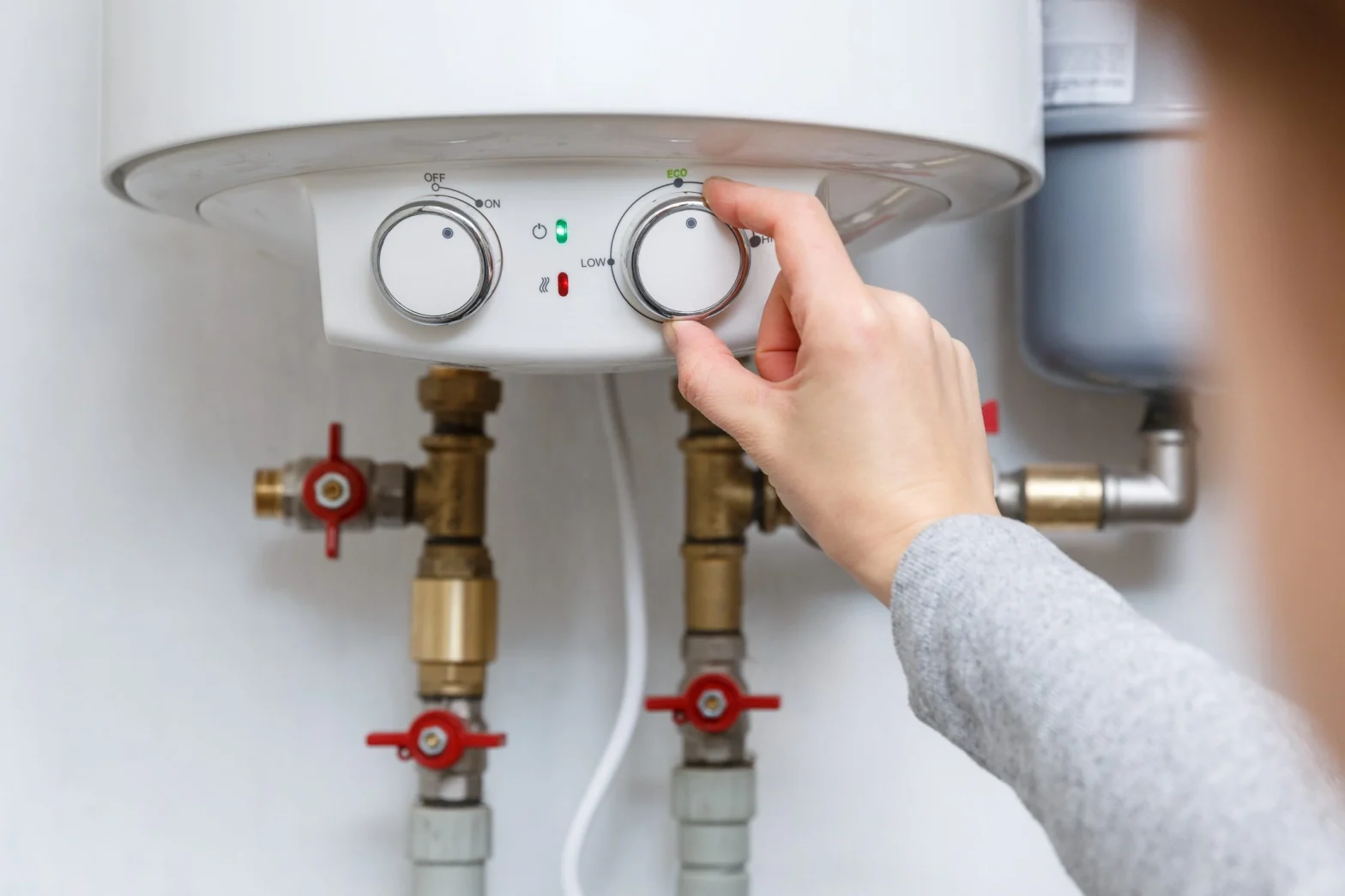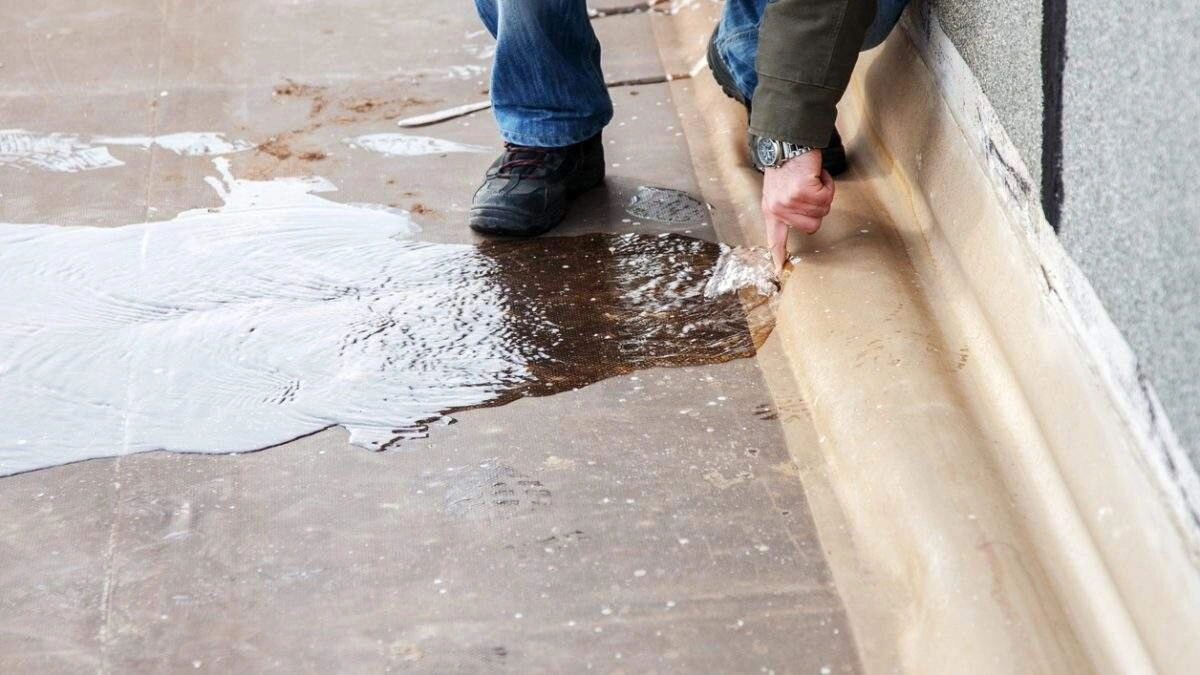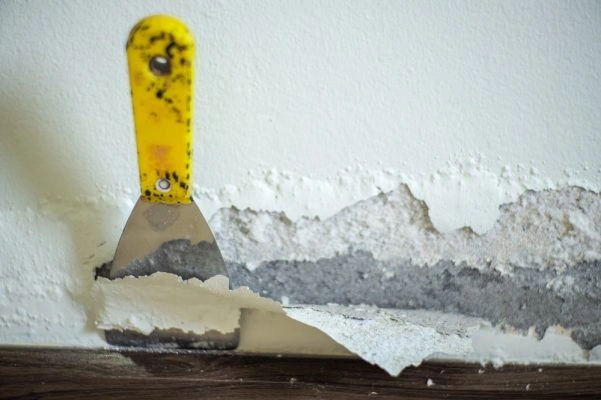Hidden Water Leaks: How to Identify Common Early Signs
Water leaks in your home can be a silent menace. Hidden behind walls, under floors, or even underground, these leaks often go unnoticed until they cause significant damage. Left unaddressed, they can lead to costly repairs, structural damage, and even health hazards like mold growth. Detecting the early signs of a hidden water leak can save you time, money, and stress. In this guide, we’ll walk you through the most common initial indicators of hidden water leaks so you can act quickly and prevent further damage.
Increased Water Bill: A Telltale Sign
One of the most common indicators of a hidden water leak is a sudden, unexplained spike in your water bill. If you notice your monthly bill is significantly higher than usual without any changes in your water usage habits, it’s worth investigating. Hidden leaks, such as a small drip from a pipe or a leak in your irrigation system, can waste gallons of water daily without your knowledge. To confirm this, compare your current water bill with those of previous months to identify any anomalies. Even a subtle increase could signal a problem, especially if water usage has remained consistent.
To investigate further, you can perform a simple test. Turn off all the water-using appliances and faucets in your home and check your water meter. If the meter continues to run, this likely indicates the presence of a leak.
The Sound of Running Water When Taps Are Off
Another red flag is hearing the sound of running water when all your faucets and appliances are turned off. This sound could indicate a hidden water leak within your plumbing system. Quiet moments in your home, such as late at night or early in the morning, are the best times to listen to these subtle noises. Focus on areas like bathrooms, kitchens, or near walls where pipes are commonly located. If you hear the faint sound of water running or dripping, it’s essential to investigate further.
Pay special attention to areas near water heaters, dishwashers, or washing machines. These appliances are often connected to hidden pipes and can be a common source of leaks. Ignoring these sounds could mean allowing a small problem to escalate into a significant issue that requires expensive repairs.
Recommended reading: 5 Common Symptoms Of Water Leak That Go Unnoticed
Damp or Discolored Areas on Walls, Ceilings, or Floors
Damp spots or discoloration on walls, ceilings, or floors are physical signs that a hidden water leak might be present. These areas may appear as water stains, yellowish or brownish discoloration, or even bubbles and peeling paint. Such issues often occur when water accumulates behind surfaces, saturating materials over time.
Look closely at areas around sinks, bathtubs, and showers in bathrooms and kitchens. Leaks in these spaces can often seep into walls and floors, leading to noticeable dampness or discoloration. If you notice warped flooring or sagging ceilings, this could indicate a more severe and long-term leak.
Additionally, inspect rooms that share walls with plumbing systems. Even if the plumbing is concealed, leaks can still leave telltale signs, such as warped wood, soft drywall, or bubbling paint.
Musty or Moldy Odors: An Invisible Clue
Unusual odors in your home can also indicate a hidden water leak. A persistent musty or moldy smell indicates water accumulation and poor ventilation, creating the perfect mold growth conditions. Mold thrives in damp, dark spaces, and even a small, slow leak can lead to its development.
If you notice these odors, particularly near walls, under sinks, or crawl spaces, it’s worth investigating for leaks. Mold damages property and poses serious health risks, especially for individuals with allergies, asthma, or other respiratory issues. Prolonged mold exposure can cause symptoms such as coughing, sneezing, eye irritation, and more severe respiratory complications.
Addressing mold and the source of moisture quickly is essential to prevent further health risks and structural damage to your home.
Secondary Signs to Watch Out For
In addition to the primary signs mentioned above, there are secondary indicators that may also suggest the presence of a hidden water leak:
- Low Water Pressure: A hidden leak can reduce the water pressure in your pipes, making it harder to get a strong flow from your faucets and showers.
- Hot Spots on Floors: If your home has a slab leak involving hot water pipes, you may notice warm areas on your flooring.
- Cracks in Walls or Foundation: Over time, hidden leaks can weaken structural components, causing cracks in walls, ceilings, or your home’s foundation.
- Unexplained Puddles: Water pooling in areas where there shouldn’t be any, such as near the base of walls, can be a sign of a hidden leak.
Conclusion: Stay Proactive and Protect Your Home
Hidden water leaks are more than a nuisance; if left undetected, they can cause extensive damage. Recognizing the early signs, such as a sudden increase in your water bill, the sound of running water, damp or discolored areas, and musty odors, is crucial to preventing costly repairs and safeguarding your home. Regularly inspecting your property for these signs can help you catch leaks before they escalate.
If you suspect a hidden water leak, it is always best to contact a professional plumber. With their expertise and specialized tools, they can locate and fix leaks efficiently, ensuring your home stays safe and dry.
At Cali’s Choice, we identify and repair hidden water leaks. Our team of experienced professionals uses advanced technology to detect leaks with precision and provide long-lasting solutions. Don’t let a hidden leak damage your home or health. Contact Cali’s Choice today for expert leak detection and repair services.
Frequently Asked Questions (FAQ)
Q: How can I test for a hidden water leak at home?
A: You can perform a water meter test by turning off all water-using appliances and faucets. Check your water meter reading, wait 15-30 minutes, and check again. If the reading changes, you likely leak.
Q: What causes hidden water leaks?
A: Hidden water leaks can be caused by aging pipes, corrosion, tree root intrusion, shifting foundations, or improper plumbing installation.
Q: Can hidden water leaks lead to mold growth?
A: Yes, hidden water leaks create damp conditions that promote mold growth, damage property, and pose health risks.
Q: How do plumbers detect hidden water leaks?
A: Professional plumbers use advanced tools like thermal imaging cameras, acoustic sensors, and moisture meters to accurately locate hidden leaks without damaging your property.
Q: How much does it cost to repair a hidden water leak?
A: The cost depends on factors such as the leak’s location, severity, and the extent of the damage. The best way to get an accurate estimate is to contact a professional plumber for an assessment.


